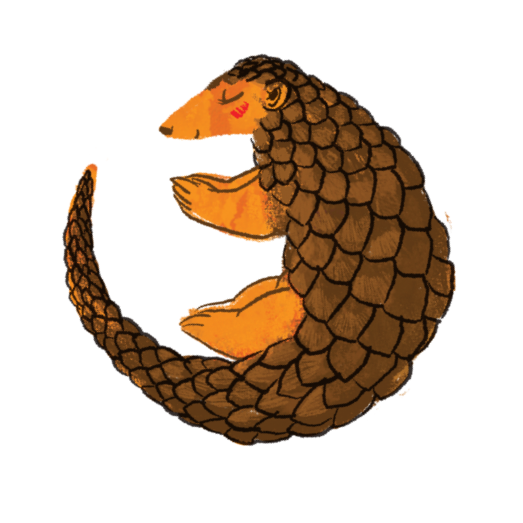





Around the world, pangolins are hunted wherever they are found. There are eight pangolin species, found throughout Asia and Africa.
Commercial trade of pangolins have been illegal since Jan 2017 under the Convention on International Trade in Endangered Species of Wild Fauna and Flora (CITES), which has been ratified by almost every country.
However, statistics show that this ban has not stopped pangolin trafficking. In fact, seizure numbers have increased dramatically.
In Africa, pangolins are usually consumed as bushmeat. Its scales are smuggled out of the country by businessmen, who are often Chinese nationals, via container ships, air freight or commercial flights.
In South Asia, pangolins are usually smuggled over land, usually passing through Myanmar before heading towards China.
In Southeast Asia, live pangolins originate from Indonesia or Malaysia, transiting in countries along the way to China.
Philippines has a unique population of pangolins in Palawan. They are often smuggled to Manila, where experts believe demand is mainly from foreign nationals.
Demand for pangolins mostly come from China, where buying power is high and there is a cultural heritage of pangolin consumption.